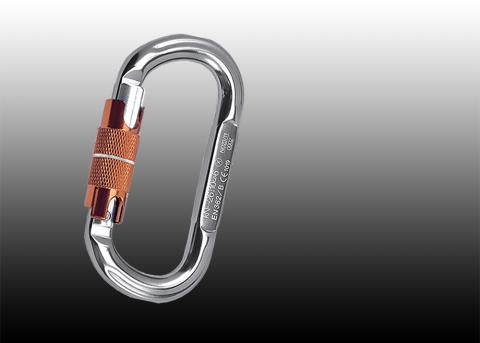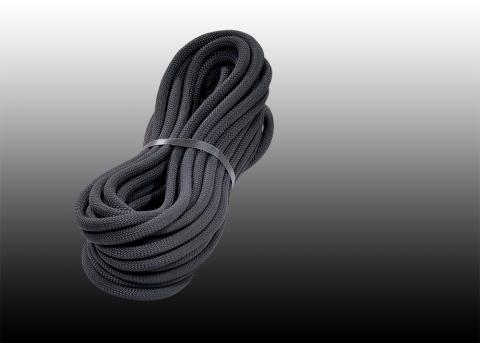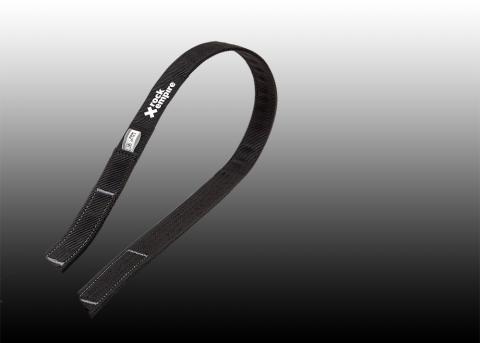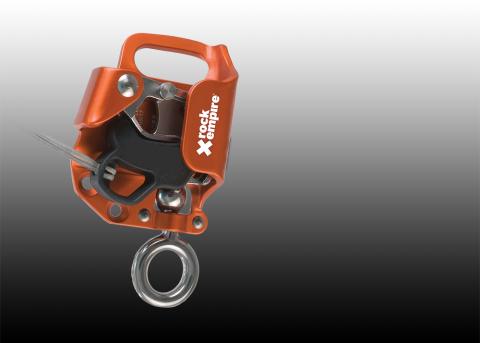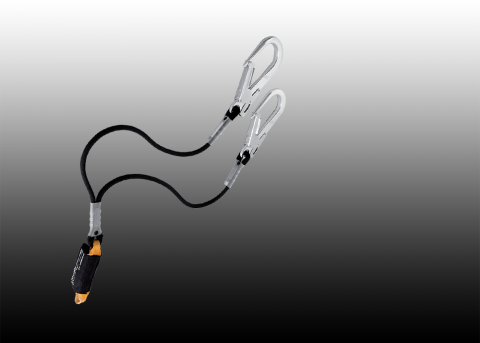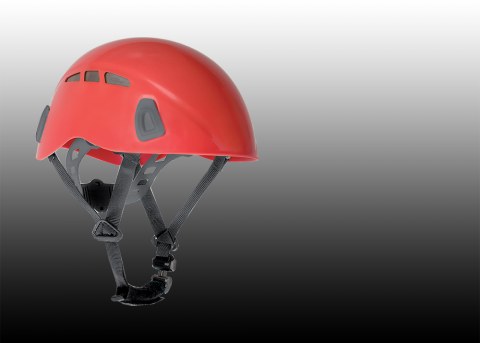Information about PPE Inspection
Personal Protection Equipment (PPE) includes protective devices that are designed to protect users against risks which may threaten their health. PPE must not threaten users health, must not prevent movement related to the work and must meet the requirements set by REGULATION (EU) 2016/425 OF THE EUROPEAN PARLIAMENT AND OF THE COUNCIL of 9 March 2016 on personal protective equipment.
1. CATEGORY - LOW RISK
Low risk is when the user can assess by himself the level of protection and risk and select the proper PPE. This category includes PPE exclusively intended to protect the wearer against the following:
- Mechanical actions (gardening gloves, thimbles, etc.).
- Slightly aggressive cleaning agents (gloves for diluted solutions).
- Risks when handling hot items up to 50°C (gloves, aprons).
- Weather conditions, which are neither exceptional or extreme (headgear, seasonal outdoor clothing).
- Minor impacts and vibrations (light protective anti-scalping helmets, gloves, light footwear, etc.).
- Sunlight (sunglasses).
For these types of PPE, the manufacturer may perform tests and certify the products themselves. PPE in this category are marked with the CE symbol.
2. CATEGORY – MID-LEVEL RISK
This category includes PPE that offers a higher level of protection. For examples, gloves that offer strong protection against cuts, punctures and abrasion. Products in this category must be tested and certified by an independent, accredited institution.
PPE in this category must be marked with the CE symbol and include additional pictograms or information identifying their specific features. The instruction manual should include the name and address or identification number of the independent, accredited testing institution.
3. CATEGORY – SERIOUS OR MORTAL RISK
PPE in this category is designed to protect against mortal dangers or dangers that may seriously and irreversibly harm the user´s health. This category only includes the following:
- Respiratory filtering devices for protection against aerosols in solid or liquid form or against irritants, dangerous, toxic or radioactive gases.
- Equipment for respiratory protection devices that provide full insulation from the atmosphere including diving.
- PPE that provides only limited protection against chemical attacks or ionizing radiation.
- Emergency equipment for use in hot environments with comparable effects of an air temperature of a 100 °C or higher, where there may or may not be infrared radiation, flames or the projection of large amounts of molten material.
- Emergency equipment for use in cold environments with comparable effects of an temperature of -50°C or lower.
- PPE that protects against falls from heights.
- PPE against electrical risks and dangerous voltages or equipment that is used as insulation high-tension work.
PPE in this category must be tested and certified by an independent, accredited institution and the quality assurance system used by the manufacturer to guarantee the quality of production must be independently checked. The PPE must be marked with the CE symbol, and it must include the identification number of the accredited institution. For example: CE 1019.
GENERAL CONDITIONS
- Only the manufacturer may repair or modify PPE products.
- Inspections must be performed on all parts of PPE products.
- The final step in each inspection is a functionality test.
- The products must be inspected every 12 months from the date of first use or from the date of the last inspection by a competetiv person.
- Every inspection must be recorded.
- Before inspection, it is important to clean heavily soiled PPE using only the recommended cleaning agents and procedures!
- If you have any questions about the correct use of PPE, contact the manufacturer or distributor.
EXPLANATION OF TERMS
- Metal Parts are metal buckles and other components of various shapes – especially fixing, setting and connecting devices.
- Connector is an openable device used to connect components into a system, which enables the user to connect himself by himself or with the help of second person directly or indirectly to an anchor point.
- Body is the main part of the connector; its shape predetermines the use of the connector.
- Gate enables other PPE devices to be repeatedly put in and taken out of the connector, or it enables the joining of more connectors together. Power by the user must be exerted to open the gate.
- Nose is the place, where the body of a connector and the gate come into contact.
- Keylock is a special shape of nose, where the body of the carabiner/connector meets the gate. Its „keylock“ shape results in protection of textile materials that come into contact with the connector as the textiles do not catch on the nose.
- Bolt/Pin is part of the equipment that ensures proper functioning of the product. Must always be tightly fitted with no loosening.
- Rivet is a component of the connector or other device which forms an inseparable mechanical connection of two or more parts of the connector.
- Spring is a part of the connector or other device, and the resistance against it has to be exceeded to open the gate.
- Locking is a part of the connector or other device which requires opening. It requires at
- Mechanism least two independent movements to open the gate.
- Self-braking is a device with self–braking or locking function intended for work positioning,
- Devices ascent or descent along a rope.
- Lever allows for gentle adjustments of speed when descending, for example. It can be made of plastic.
- Heart is an internal mechanism, which usually consists of moving parts mounted on an axis, which, together with the rope, works on the principle of friction to control descent.
- Thumb is part of the braking system in only one direction.
- Ropes/Lanyards are textile products consisting of a core covered with a sheath. Ropes/Lanyards are made from materials such as PES, PA, Kevlar, etc. wherein the material determines the purpose and method of use.
- Sheath covers the core with braided yarns (for example, 32, 40 or 48 yarns).
- Core is a collection of twisted strands (for example 7 – 16 strands).
- Strands are a set of two or more twisted yarns (yarns connected by twisting).
- Yarn is a set of multifilament (twisted multifilament)
- Multifilament is a set of filaments.
- Filament is the thinnest basic unit (continuous filament). Most often it is made from PAD or PES material.
- Webbing/Straps are flat woven textiles of a specific width with edges that do not unravel. Webbing consists of warp (vertical set of yarns) and weft (horizontal set of yarns) with two locking threads in one edge of the webbing (so called 5 system). The webbing can also have both edges woven (so called rotary system of weaving).
- Seam is a strong connection between flat textiles, especially webbing, by threads. The seam consists of stitches.
- Stitch is part of a seam between two holes that is formed by thread above and below the webbing.
- Thread is a set of two or more twisted yarns (yarns connected by twisting).
INSPECTION PROCEDURES AND PPE CONTROL PROTOCOL
ROCK EMPIRE PRODUCT LIFE AND IDENTIFICATION
As of December 31, 2011*, full-body, chest, sit and adjustable harnesses from ROCK EMPIRE have a product life set at 10 years from the date of production. During the first 5 years from the date of first use, inspections should done at least once every 12 months. Product life can then be extended by an additional maximum of five years on the condition that the inspections shall be conducted at least once every six months. The above conditions apply to harnesses made after 1. 1. 2009.
Harnesses made in 2008 and earlier have a product life of 5 years. Other personal protection equipment produced by ROCK EMPIRE from 1. 1. 2009 have a product life of 5 + 5 years (the same conditions as harnesses), ropes – 10 years, metal products are restricted by wear and tear. Wear of metal products can be of maximum of 1 mm.
Product life of textiles produced starting on 1. 1. 2015 (harnesses and other textile products) has been adjusted to 10+5 years (5 years storage, 10 years from date of first use). Product life of ropes has been extended to 10+5 years (5 years of storage, 10 years after the date of first use).
STORAGE CONDITIONS ARE INCLUDED IN THE INSTRUCTION MANUAL.
Example: Harnesses made in 2015 can be properly stored for 5 years, and then should be put into use. If the harness is not damaged during use, the product life would be until 2030.
If an inspector authorized by ROCK EMPIRE finds that the personal protection equipment is not eligible for further use, the inspector has the right to exclude from further use even though the product life has not yet expired.
Rock Empire product identification number from March 2021
Example: 21ZRB001A3261
Explanation: yyXXXxxxM####
|
yy |
Year of manufacture |
|
XXXxxx |
Art number |
|
M |
Month of manufacture* |
|
#### |
Running number |
Month of manufacture*
|
January |
A |
M |
|
February |
B |
N |
|
March |
C |
O |
|
April |
D |
P |
|
May |
E |
Q |
|
June |
F |
R |
|
July |
G |
S |
|
August |
H |
T |
|
September |
I |
U |
|
October |
J |
V |
|
November |
K |
Y |
|
December |
L |
Z |
| TYPE 1 (harness) | TYPE 2 (slings and lanyards) | TYPE 3 (metal product) | |||||
| Sample | Sample | Sample | |||||
| Unique Identification Number: | 000000 / 000 | Unique Identification Number: | 0000 / 0000 | Unique Identification Number: | N0000 / 00 | ||
| Additional Optional Info = Month/ Year: | 0000 / 00 | Additional Optional Info = Month/ Year: | 0000 / 00 | Unique sequential number in order: | 0000 | ||
| Example | Example | Example | |||||
| Unique Identification Number: | 063518 / 216 | Unique Identification Number: | 0083 / 0034 | Unique Identification Number: | N0015 / 18 – the first letter may be different („S“ for example) | ||
| Additional Optional Info = Month/ Year: | VII / 18 | Additional Optional Info = Month/ Year: | III / 18 | Unique sequential number in order: | 124 | ||
| 0635 | Internal Data | 83 | Internal Data | N0015 | Internal Data | ||
| 34 | Unique sequential number in order | 18 | Year (2018) | ||||
| 18 | Year | III / 18 | Produced March 2018 | 124 | Unique sequential number in order | ||
| 216 | Unique sequential number in batch | ||||||
| VII / 18 | Produced July 2018 | ||||||
Produced From 1. 1. 2015
|
PRODUCT |
LIFETIME |
|
Work Harnesses |
10 + 5 years storage |
|
Textile Products |
10 + 5 years storage |
|
Ropes |
10 + 5 years storage |
|
Helmets |
10 + 5 years storage |
|
Metal Products |
Products restricted by wear and tear |
From 1. 1. 2012 To 31. 12. 2014
|
PRODUCT |
LIFETIME |
|
Work Harnesses |
10 + 2 years storage |
|
Textile Products |
10 + 2 years storage |
|
Ropes Helmets |
10 + 5 years storage 10 + 5 years storage |
|
Metal Products |
Products restricted by wear and tear |
From 1. 1. 2009 To 31. 12. 2011
|
PRODUCT |
LIFETIME |
|
Work Harnesses |
5 + 5 years* |
|
Textile Products |
5 + 5 years* |
|
Ropes |
10 years |
|
Metal Products |
Products restricted by wear and tear |
To 31. 12. 2008
|
PRODUCT |
LIFETIME |
|
Work Harnesses |
5 years |
|
Textile Products |
5 years |
|
Ropes |
10 years |
|
Metal Products |
10 years |
